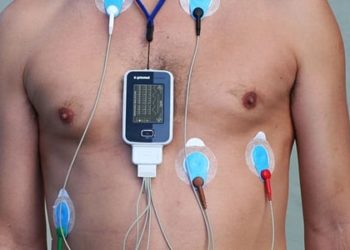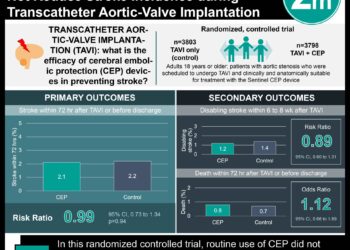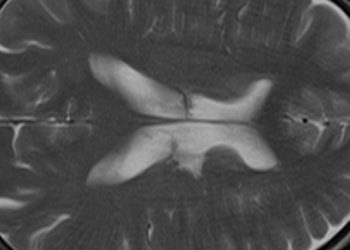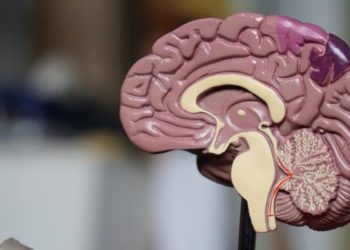Higher incidence of stroke and greater prevalence of stroke risk factors in younger adults over the last decade
1. Rates of hospitalization for acute ischemic stroke increased significantly for men and women aged 18-54 over the study period from 2003 to 2012.
2. Prevalence of stroke risk factors (hypertension, dyslipidemia, diabetes, tobacco use, and obesity) in those hospitalized for acute ischemic stroke increased from 2003 to 2012, likely contributing to the increase in stroke incidence.
Evidence Rating Level: 2 (Good)
Study Rundown: The incidence of strokes in young adults aged 18 to 65 has risen. It is important to understand the risk factors that caused these strokes, and how they may differ from cerebrovascular events that occur in the elderly. This information is important to devise effective prevention strategies. This retrospective cohort study aimed to determine whether stroke hospitalization rates have continued to increase and to identify the prevalence of associated stroke risk factors among younger adults.
Rates of hospitalization for acute ischemic stroke (AIS) increased from 2003 to 2012 for almost all ethnic groups, men and women, aged 18 to 54 years old. Among adults aged 55 to 64 years old, there was no significant increase in the rate of hospitalization for AIS. Stroke related risk factors (hypertension, dyslipidemia, diabetes, tobacco use and obesity) increased in prevalence over the study period in all age groups and both genders. Hospitalization rates for intracerebral hemorrhage and subarachnoid hemorrhage remained stable. Limitations of this study included inability to discern if each hospitalization was a new acute stroke and lack of data on the cause of the stroke, and other clinically relevant information (family history, use of estrogen-based medications).
Click to read the study, published in JAMA Neurology
Relevant Reading: Trends in the incidence of ischaemic stroke in young adults between 1985 and 2011: the Dijon Stroke Registry.
In-Depth [retrospective cohort]: This retrospective cohort study used hospitalization data from the National Inpatient Sample (NIS) from 1995 to 2012 to analyze acute stroke (ischemic and hemorrhagic) hospitalization rates among adults aged 18 to 64 (divided into groups of 18-34, 35-44, 45-54, 55-64 years old). Investigators also gathered data on the prevalence of known risk factors for stroke: hypertension, dyslipidemia, diabetes, tobacco use and obesity. Hospitalizations and risk factors were identified in the NIS from International Classification of Diseases, Ninth Revision, Clinical Modification codes. The outcomes of interest were trends in the hospitalization of acute strokes by age, sex, and ethnicity, and compared to the prevalence of known stroke risk factors. Statistical analysis included linear regression models.
In 2003-2004 there were 362 339 hospitalizations as compared to 421 815 hospitalizations for acute strokes in 2011-2012. Ischemic strokes increased in almost all ethnicities (except for non-hispanic black), for both men and women, between ages 18-54. For the age group 55-64 years, there were no significant increases seen across gender or ethnicity. Stroke related risk factors (hypertension, dyslipidemia, diabetes, tobacco use and obesity) increased in prevalence over the study period in all age groups and both genders. In particular, hypertension increased 7% and dyslipidemia increased 14.5%. Of note, the prevalence of having 3 to 5 risk factors increased from 2003 to 2011 in all age groups for men and women. The biggest increases were in men age groups 45-54 years, from 24% to 44%, and 55-64 years, from 26% to 46%. This was seen in women also: for ages 45-54, the prevalence of 3-5 risk factors went from 25% to 44% and in ages 55-64, the prevalence went from 27% to 48%. Hospitalization rates for intracerebral or subarachnoid hemorrhage remained stable.
Image: CC/Wiki
©2017 2 Minute Medicine, Inc. All rights reserved. No works may be reproduced without expressed written consent from 2 Minute Medicine, Inc. Inquire about licensing here. No article should be construed as medical advice and is not intended as such by the authors or by 2 Minute Medicine, Inc.







